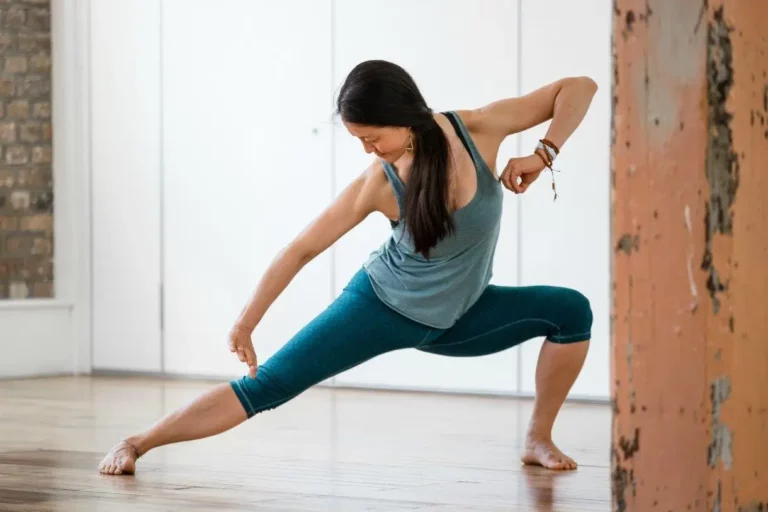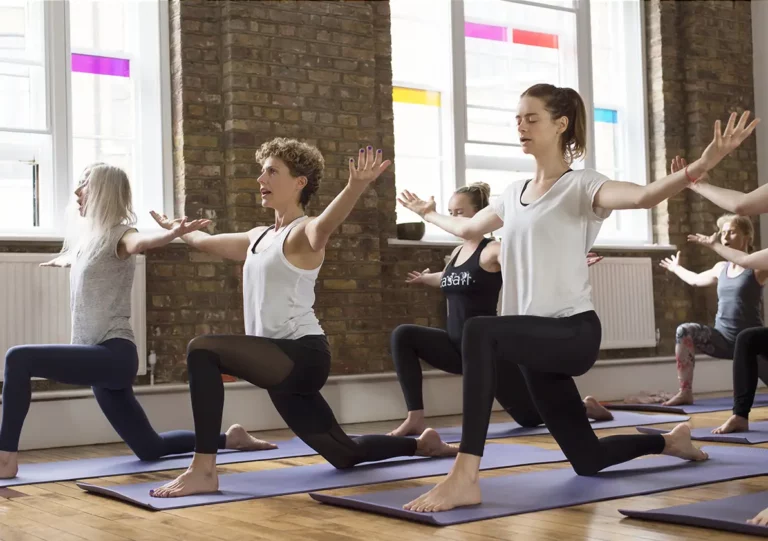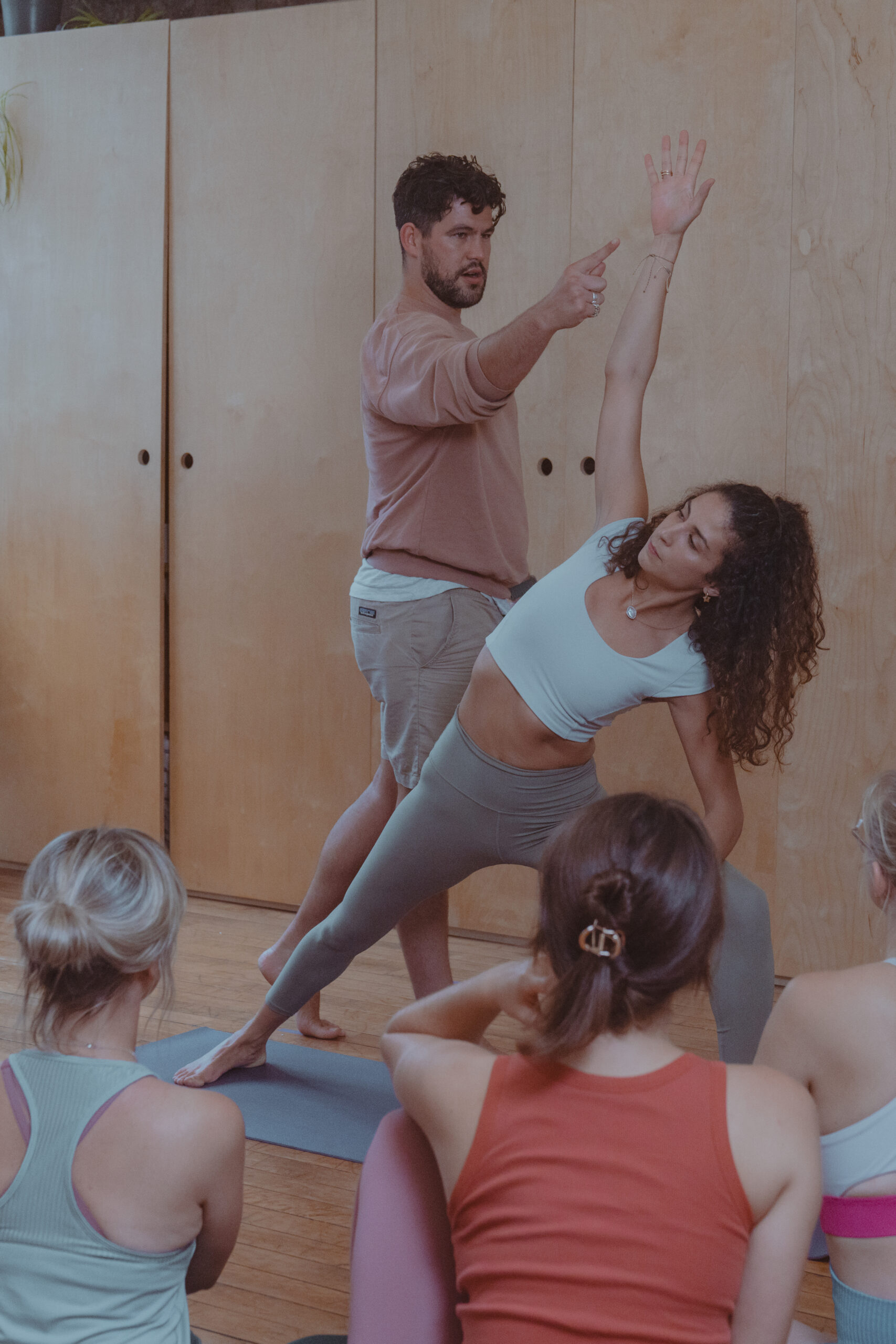Ahead of her upcoming weekend workshop ‘refine your online teaching skills‘ on 12 + 13 February, Alexandria Crow shares some actionable tips on how to successfully teach virtual classes.
As Covid-19 drags into what feels like month 437, it’s clear that in-person yoga classes will be off the table for some time yet. That’s an unnerving thought for a lot of yoga teachers. Many of us have—understandably—found it difficult to transition to online teaching. As someone who has taught online for years now, I’m here to tell you that not only is it possible to do so effectively, it’s actually an opportunity to take a huge step forward as a teacher.
The way we’re usually taught to teach leads us to rely on physicality as a measure for whether the student is doing “a good job.” It’s no surprise, then, that when teachers can only see a student from one angle on Zoom, or can’t see them at all if the camera is off, we don’t know what to do. But visual assessment itself, whether done in person or via a faraway phone camera, is a highly exclusive approach that relies on a false binary of good and bad. When we’re assessing based on what we can see, we may not be able to see whether the student is actually damaging themselves by overextending, and we definitely can’t see whether they’re having the experience we’re trying to convey.
That’s the danger of teaching to form over function. But if we flip the script and teach function over form, we are not only able to teach students without visuals, we are also able to teach in a more safe, effective, and inclusive way.
So what does teaching function over form look like? Let’s take tree pose as an example. Most of us are taught this pose with explicit instructions for how to place our bodies. Foot to the inner thigh or calf, pelvis straight, etc. But do we ever describe how the student’s body should feel in this pose, or what sensation they should focus on?
The same pose can be taught with no visual feedback, but with a focus on function. In terms of mechanics, the key aim of tree pose is balance, or putting more weight in one foot than the other. This can be achieved in many ways, ranging from visualising the sensation, shifting weight while lying down, or lifting one foot slightly off the floor, right through to the version most of us are used to. Cueing a class through tree pose using a functional approach would focus much more on how the student’s body feels. For example, I might ask about how stable the student feels in their version of the pose. Would their pose hold up to a gust of wind? What if they were on a moving sidewalk at an airport? How would it feel different if they held onto a railing?
The key to structuring a class in this fashion is to look for poses or activities that have a similar function. Instead of cobbling together different poses, teachers can identify a thematic focus that can create a through line for the class. Break down a concept into pieces, present them in a logical order, and then give students the autonomy they need to put them together in a way that works for them. There’s no need to make things flashy—pare down what you teach to what you have truly internalised. When it’s just about function, there is no need to demo any poses.
Another concern I hear from a lot of teachers is that they have a hard time connecting with their class or seeing what works without being in person. First of all, I would encourage us all to question the assumption that seeing someone in person allows us to assess how they are feeling about a class. If we’re deep in our practice, we probably aren’t smiling, and that’s okay. Are we looking for students to perform approval? In many cases, keeping the camera turned off is a welcome refuge for those who have felt uncomfortable or excluded in a class because of how their body might be perceived. Not seeing one another is a good reminder that yoga practice is ultimately not about the physical. If it makes more people feel safe in class and forces us to become more conscientious teachers, it’s a win-win in my book.
Looking for actionable tips on how to translate the classes that your students love into the virtual environment? Sign up now for Alexandria Crow’s workshop on refining your online teaching skills here.










